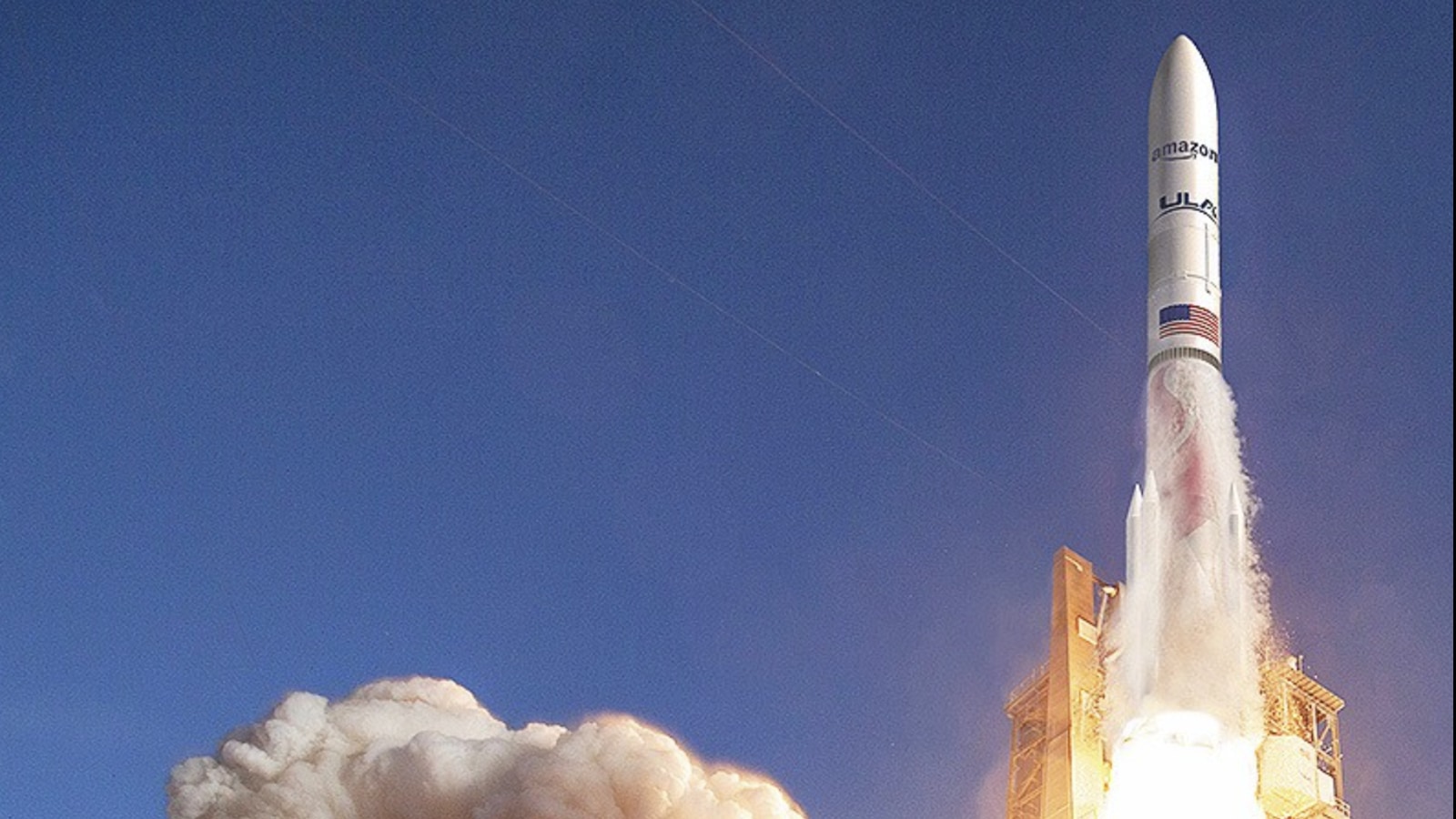Amazon Kuiper Deploys 27 Satellites, Targets 2025 LEO

Demand for broadband connectivity is fueling a rapid expansion of satellite constellations in low Earth orbit (LEO), with major players like Amazon and SpaceX leading the charge. These LEO systems promise lower latency and the ability to connect underserved communities, making them increasingly attractive. Amazon’s Project Kuiper is set to compete directly with SpaceX’s Starlink, which currently dominates the market. With plans to launch its services by 2025, Amazon is making significant strides in the race for global broadband coverage.
Project Kuiper’s Ambitious Launch Plans
Amazon’s Project Kuiper is entering a critical phase of deployment, having launched two prototype satellites in late 2023. The project took a significant leap forward on April 28, 2025, when it successfully deployed 27 production satellites using a United Launch Alliance (ULA) Atlas V rocket. The ultimate goal is to establish a constellation of approximately 3,200 satellites, a feat that will require extensive launch capabilities. Reports indicate that Kuiper will need more than 3,200 satellites, necessitating around 83 launches across various rockets, including ULA’s Vulcan, Blue Origin’s New Glenn, and Arianespace’s Ariane 6.
To mitigate scheduling risks and ensure timely deployment, Amazon has secured multiple launch contracts, including three launches aboard SpaceX’s Falcon 9. These multi-provider agreements, which involve significant financial commitments, are designed to facilitate the rapid construction of the satellite constellation. Amazon aims to initiate customer service by late 2025, and its extensive launch reservations are a testament to its commitment to meeting this ambitious timeline.
Global Competition in LEO Broadband
The competition in the LEO broadband sector is intensifying, with SpaceX’s Starlink currently leading the market with over 7,600 satellites already in orbit. SpaceX has conducted numerous launches this year to expand its coverage further. However, other companies are not far behind. China’s state-backed Guowang project is planning a constellation of approximately 13,000 satellites, while the Shanghai-led “Thousand Sails” network aims for around 14,000 satellites. These ambitious initiatives highlight China’s intent to establish a formidable presence in the LEO broadband landscape, positioning itself as a competitor to Starlink and other global systems.
This global expansion of satellite networks underscores the growing importance of LEO broadband as a vital component of internet infrastructure. As more companies enter the fray, the landscape is rapidly evolving, promising enhanced connectivity for remote and underserved regions around the world. The race for dominance in LEO broadband is not just about technology; it is also about ensuring that communities worldwide gain access to reliable internet services.
Observer Voice is the one stop site for National, International news, Sports, Editor’s Choice, Art/culture contents, Quotes and much more. We also cover historical contents. Historical contents includes World History, Indian History, and what happened today. The website also covers Entertainment across the India and World.
Follow Us on Twitter, Instagram, Facebook, & LinkedIn

